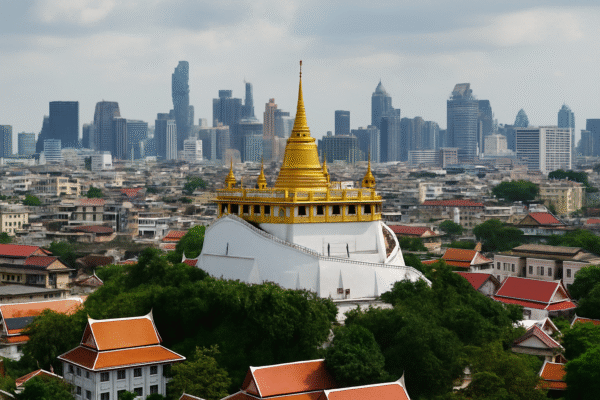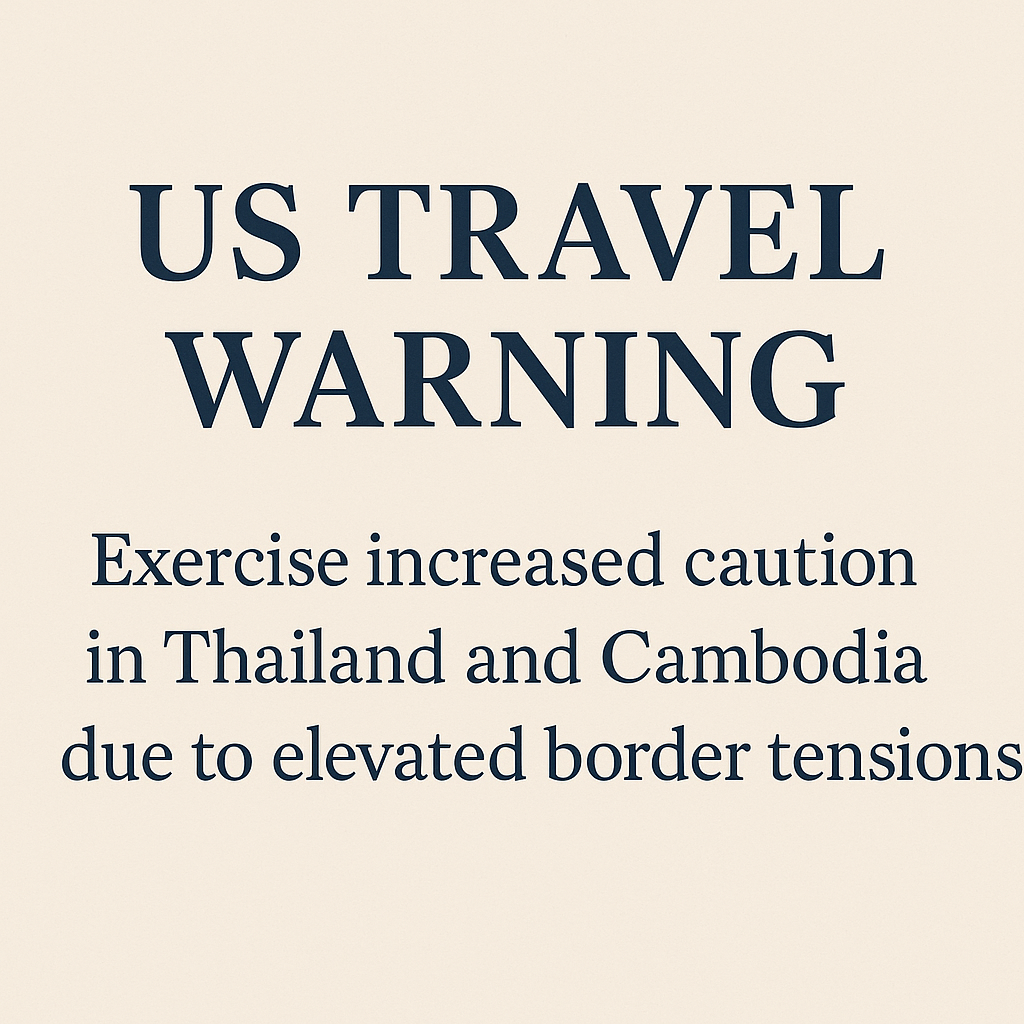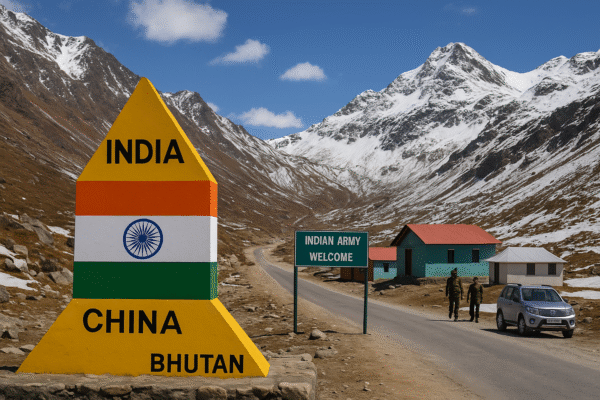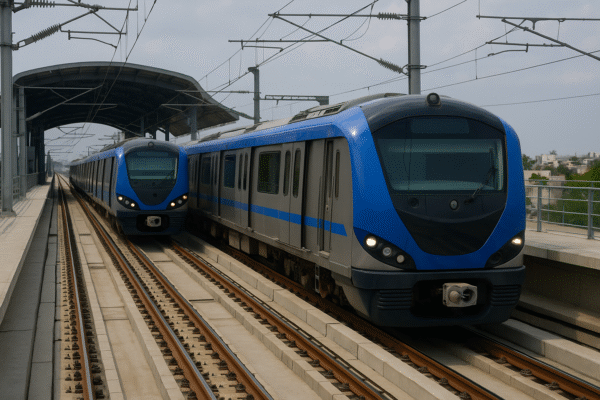In a groundbreaking move blending national pride with tourism development, the northeastern state of Sikkim is set to open two of its most geopolitically significant regions—Doklam and Cho La—for Indian tourists. Scheduled for launch by September 2025, this initiative falls under the Union Government’s Bharat Ranbhoomi Darshan scheme, designed to promote battlefield and patriotic tourism across the country.
These high-altitude frontiers—once accessible only to defense personnel—are now being transformed into heritage tourism corridors with the active collaboration of the Indian Army and central ministries. The goal is to provide Indian citizens an opportunity to visit locations that stand as living monuments of India’s military history and strategic resilience.
Bharat Ranbhoomi Darshan: Tourism with National Significance
The Bharat Ranbhoomi Darshan initiative, championed by the Ministry of Tourism in coordination with the Ministry of Defence, aims to showcase India’s defense heritage by opening important historical military sites to the public. With Sikkim taking the lead, the inclusion of Doklam and Cho La in this circuit adds tremendous historical and patriotic value to India’s tourism map.
Nathula Pass, already a popular destination for domestic travelers, will also be integrated into the circuit, offering a complete experience of Sikkim’s eastern border defense narrative.
Doklam: The High-Altitude Flashpoint Now Open for Education and Reflection
Located near the tri-junction of India, China, and Bhutan, Doklam gained national attention during the 2017 India-China military standoff that lasted over 70 days. Sitting at an altitude of nearly 14,000 feet, this plateau became symbolic of India’s firm diplomatic and defense posture in the region.
Though foreign nationals will continue to face restrictions due to sensitive border protocols, Indian tourists will be allowed controlled access for educational and patriotic purposes. The initiative seeks to instill awareness of modern military challenges and achievements in young citizens and history enthusiasts alike.
Cho La Pass: A Quiet Sentinel of History
Less publicized but no less significant, Cho La Pass, located in East Sikkim near the Nathula corridor, was the site of border skirmishes during the 1960s. Nestled within the same mountainous ridgeline that defines India’s eastern frontier, this location offers not only stunning Himalayan vistas but also deep insights into India’s post-independence defense legacy.
As part of the upcoming tourism circuit, Cho La is poised to receive infrastructure upgrades including visitor rest areas, interpretive signboards, and panoramic viewpoints curated to educate travelers about its military significance.
Infrastructure Development with Army Support
To accommodate visitors while maintaining the area’s fragile ecology and strategic integrity, the Sikkim government is executing the project in collaboration with the Indian Army, Border Roads Organisation (BRO), and central tourism bodies. Infrastructure nearing completion includes:
- Designated parking and rest areas
- Cafeterias and toilet facilities
- Eco-sensitive walking trails
- Viewpoints with interpretive signage
Officials report that weather permitting, the regions will be ready to receive tourists by the end of September 2025.
Nathula’s Expanded Role
Already a favorite among travelers for its snow-covered passes and Indo-China border gate viewing, Nathula’s inclusion in the Ranbhoomi Darshan circuit adds historical depth to its appeal. Tourists will now be guided through military narratives that cover the 1962 Sino-Indian War and ongoing border patrol duties carried out by Indian troops.
Sustainable and Controlled Tourism
Recognizing the ecological and strategic fragility of the region, Sikkim’s administration is implementing stringent safety and environmental protocols. These include:
- Daily visitor caps to avoid overcrowding
- Mandatory health screenings due to high altitude
- No-litter zones and waste management programs
- Prohibitions on drone usage and unauthorized photography
Collaborations with local communities and environmental NGOs are also underway to ensure sustainable tourism development.
Educational and Patriotic Potential
The strategic opening of Doklam and Cho La is expected to attract a wide spectrum of Indian tourists—ranging from school groups and defense aspirants to veterans and academic researchers. The move not only enriches India’s domestic tourism portfolio but also emphasizes the sacrifices and steadfastness of Indian soldiers who defend these remote and rugged terrains.
This initiative is part of a broader national strategy to transform military heritage sites into tourism destinations that inform, educate, and inspire. It also aligns with Prime Minister Narendra Modi’s vision of promoting border tourism and reinforcing the emotional connection citizens share with India’s armed forces.
Conclusion: A New Era for Border Tourism in India
As Sikkim gears up to open its high-altitude sentinels—Doklam and Cho La—the project marks a turning point in India’s tourism policy. What were once symbols of geopolitical tension are now poised to become avenues of national pride and cultural education. This transition not only brings economic benefits to the state but also allows citizens to stand on the very soil where India’s sovereignty has been defended time and again.
By blending historical reverence with ecological and strategic awareness, Sikkim is paving the way for a new kind of travel—one rooted in gratitude, history, and a renewed sense of patriotism.
For more travel news like this, keep reading Global Travel Wire



















